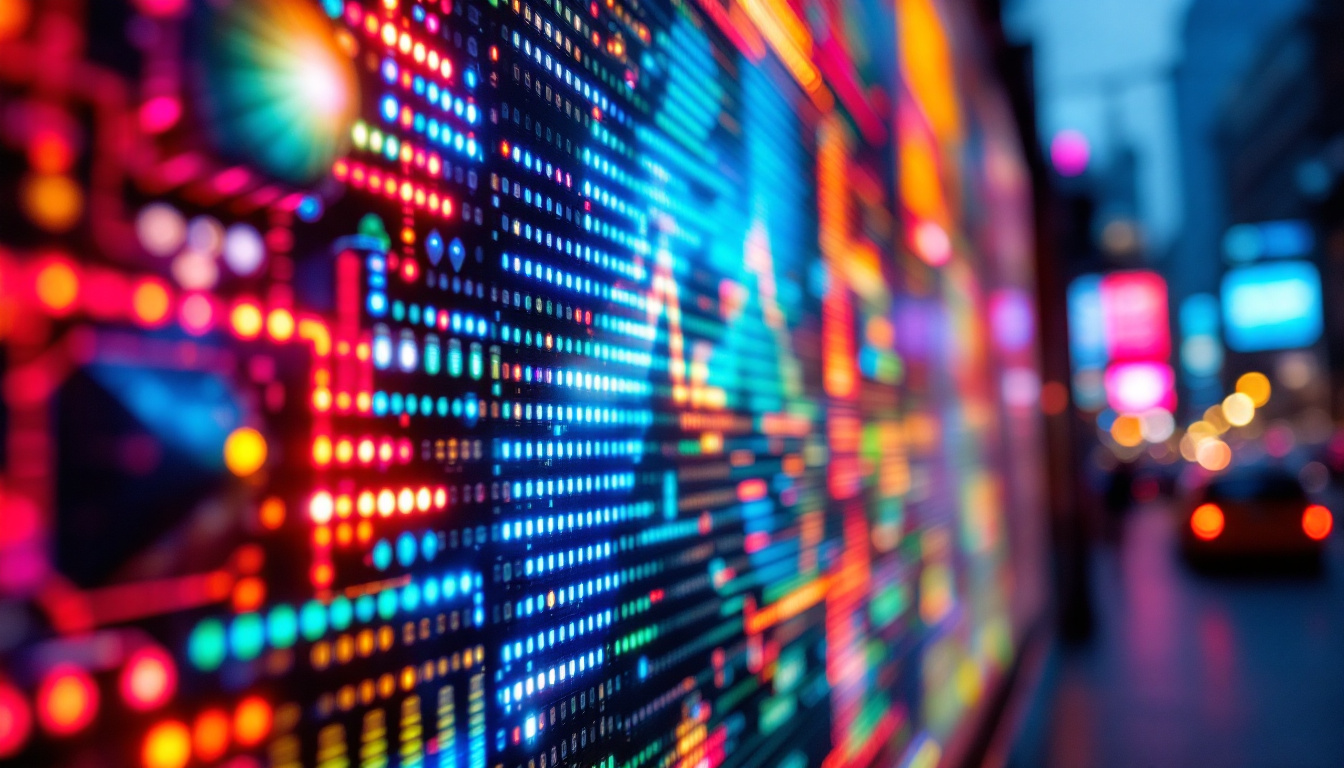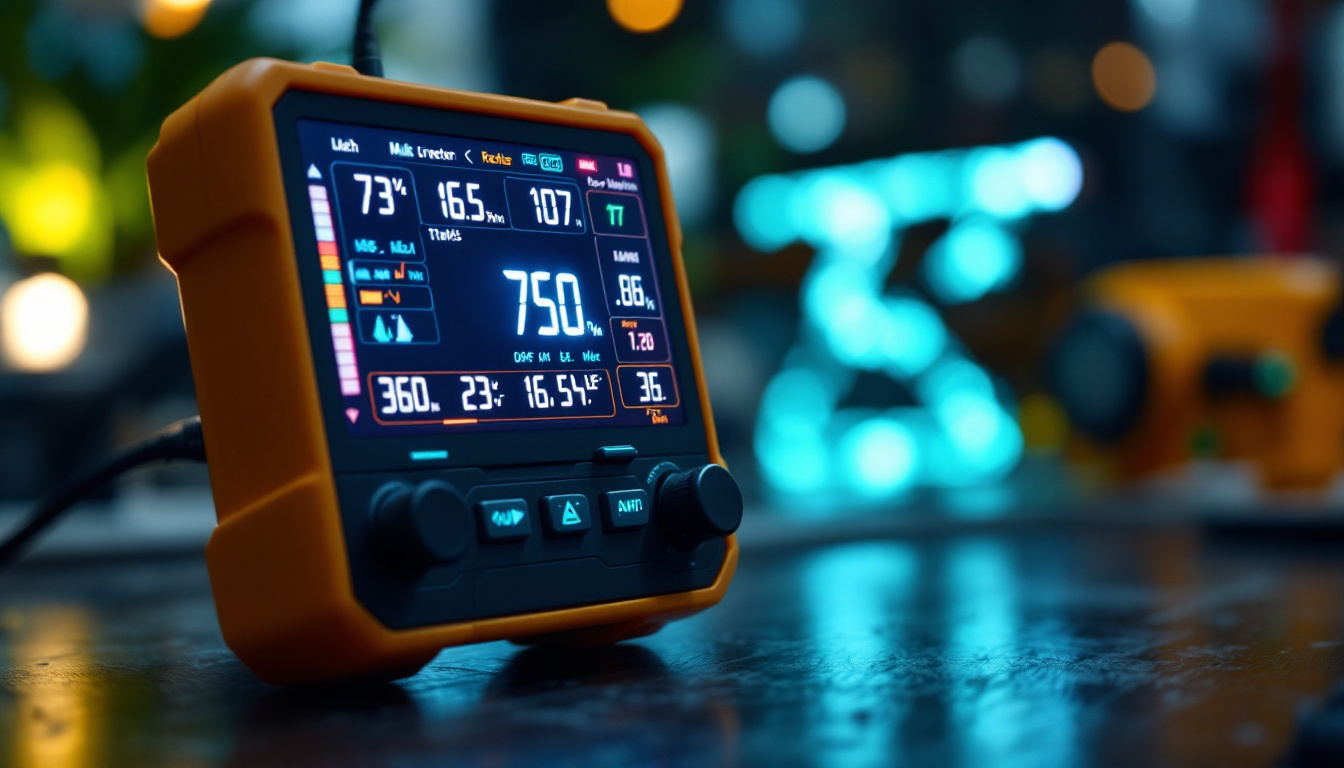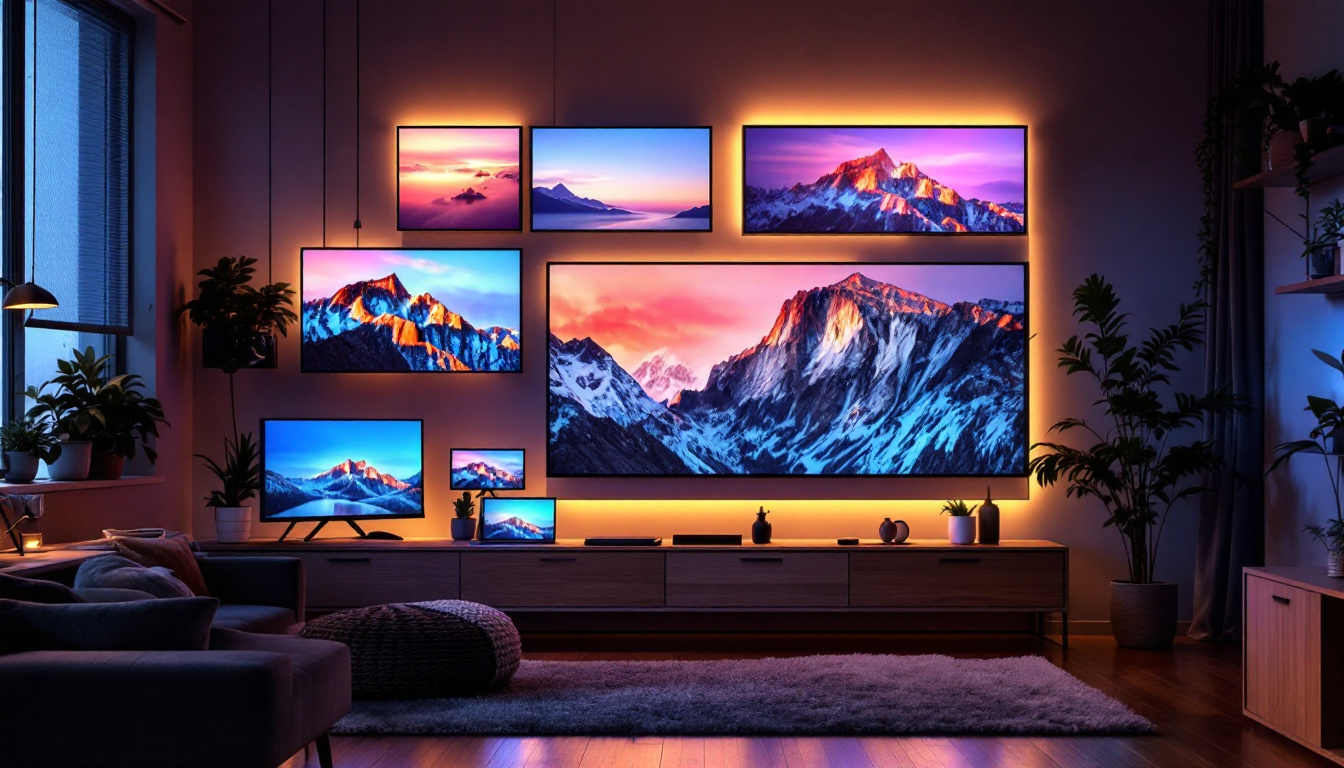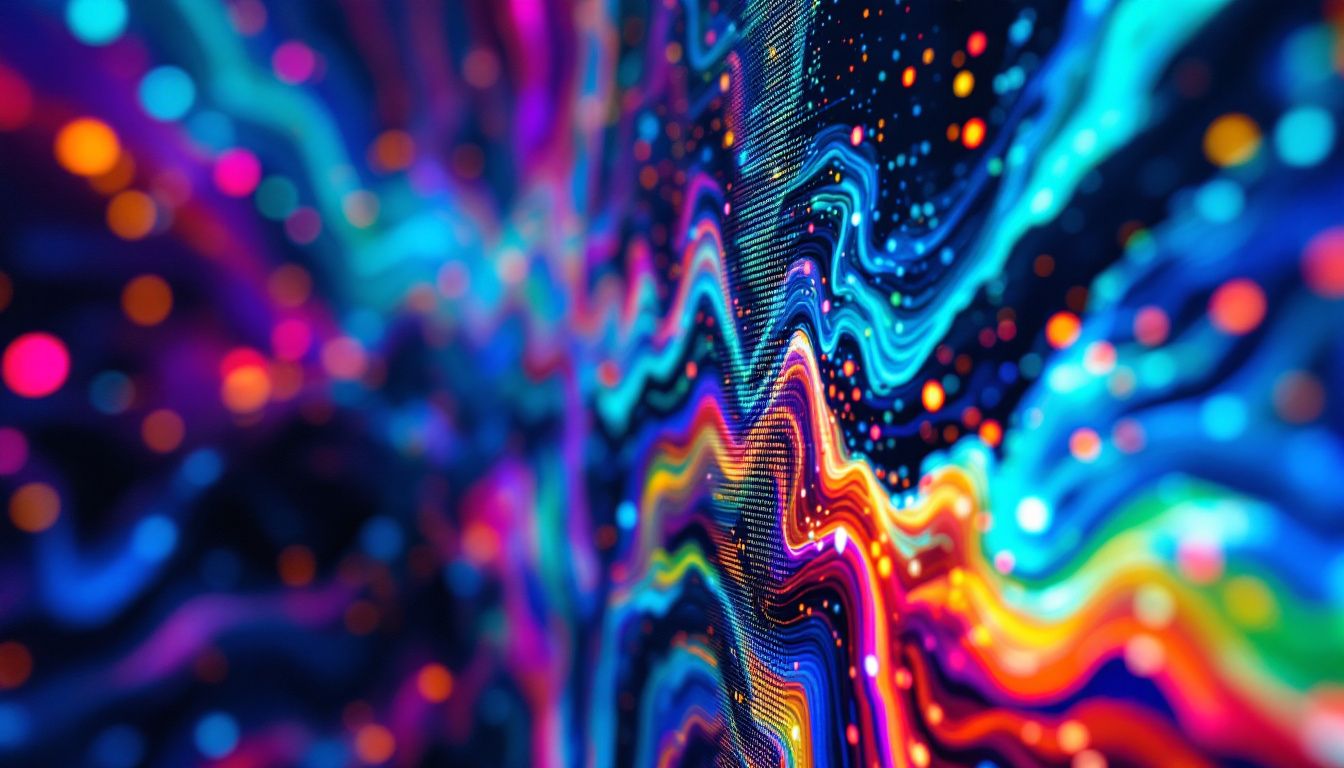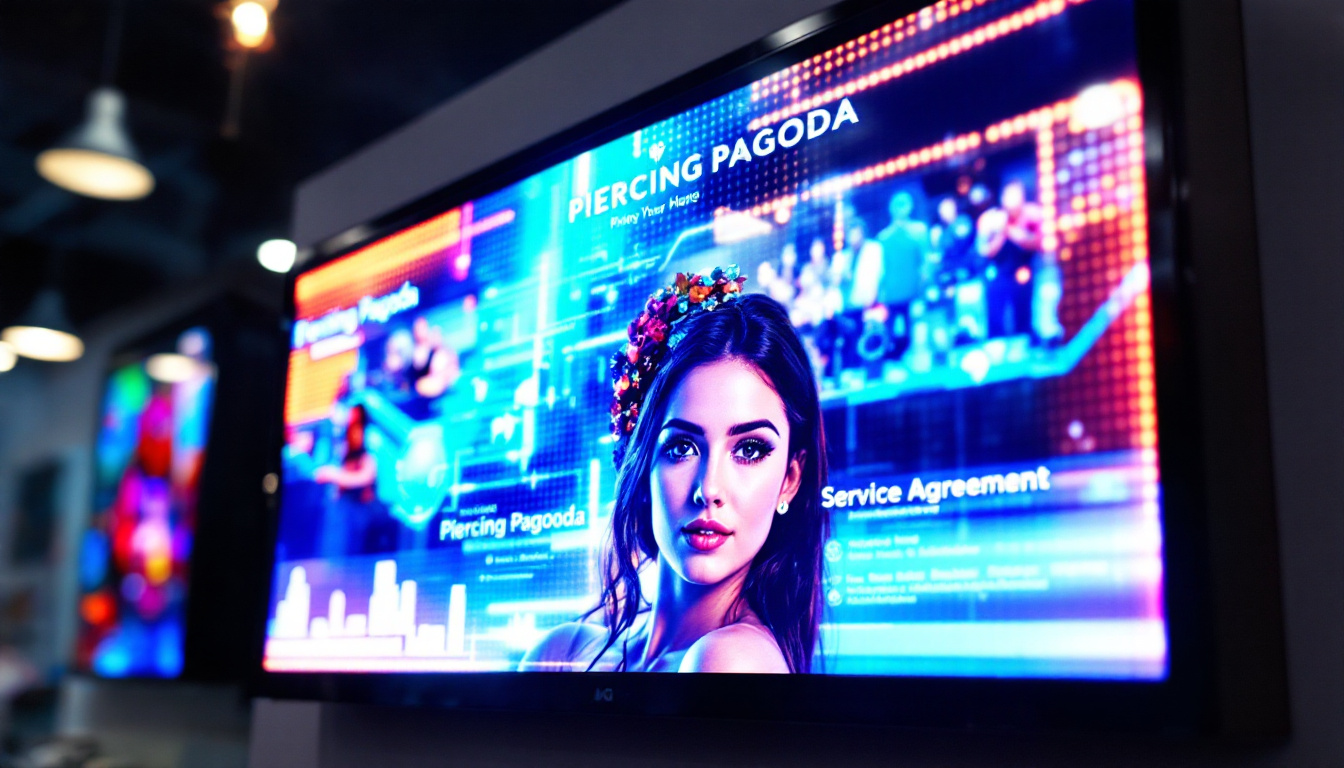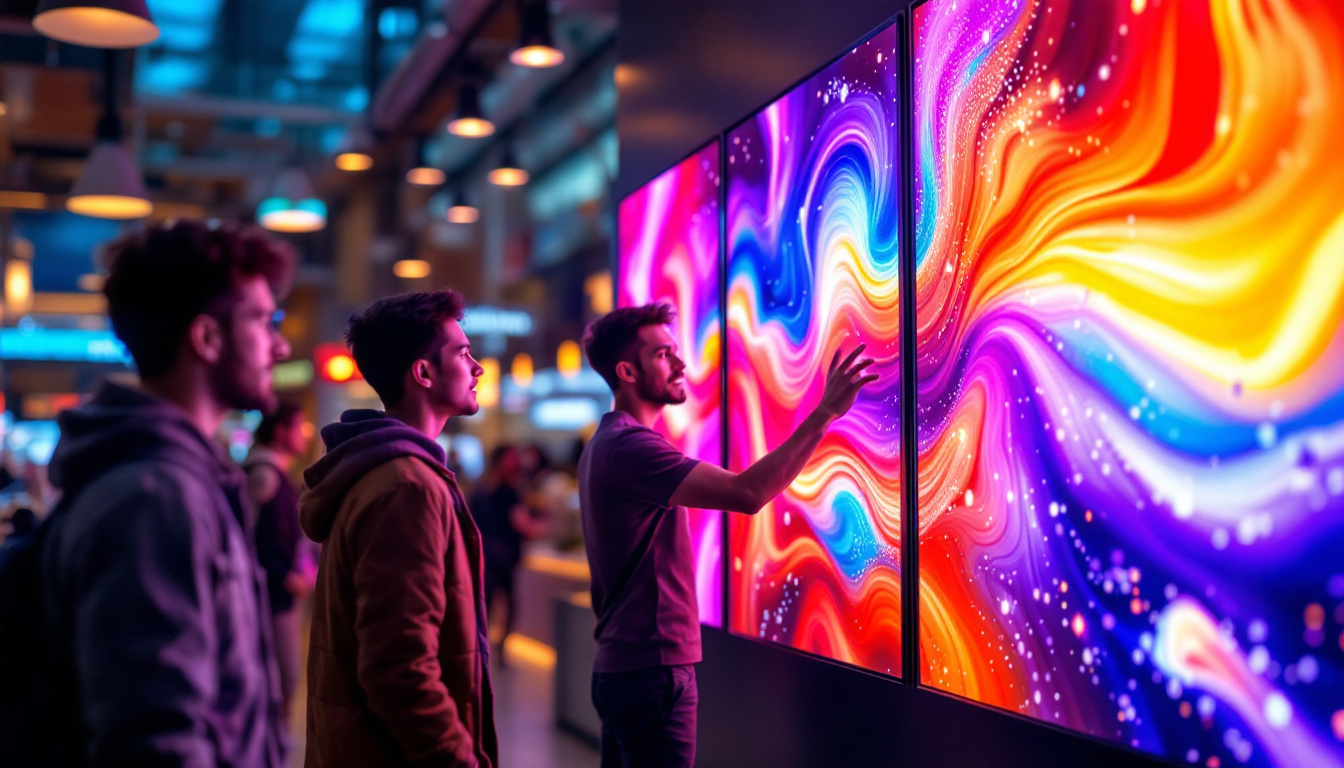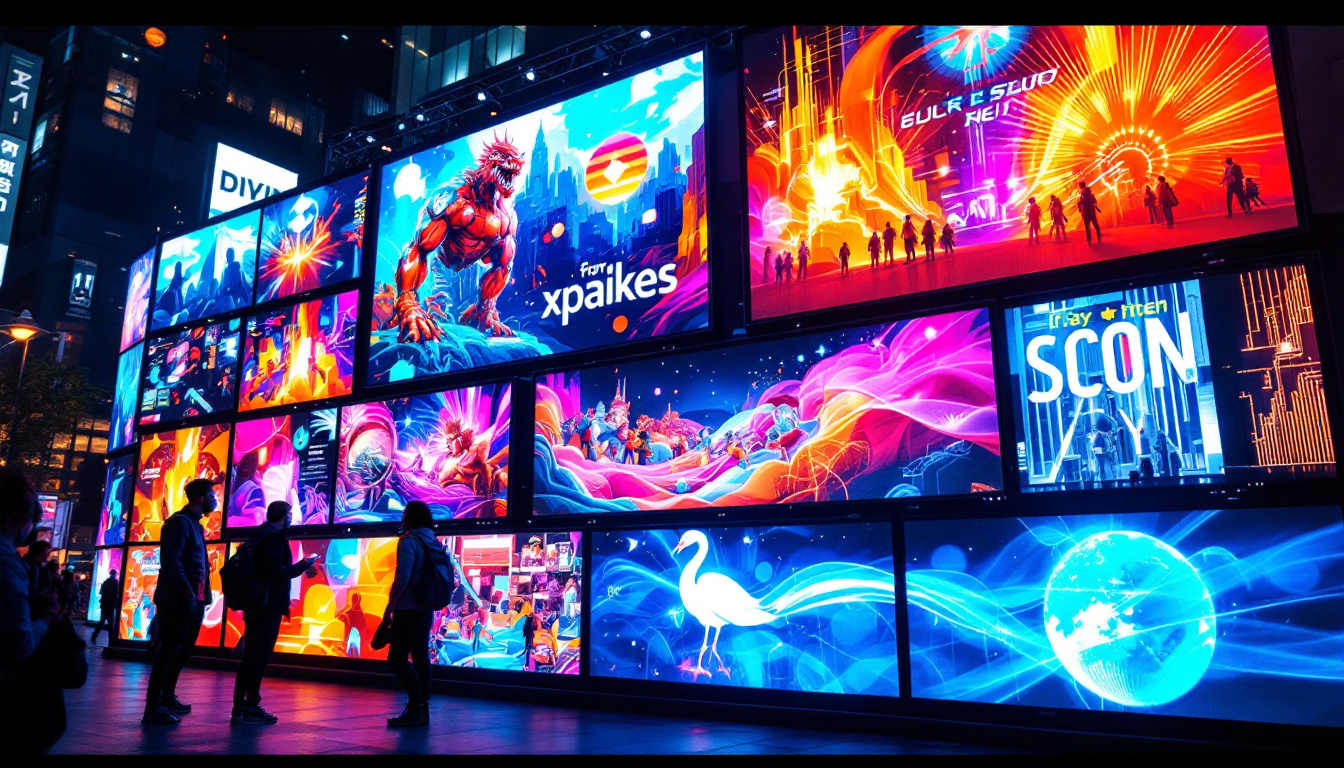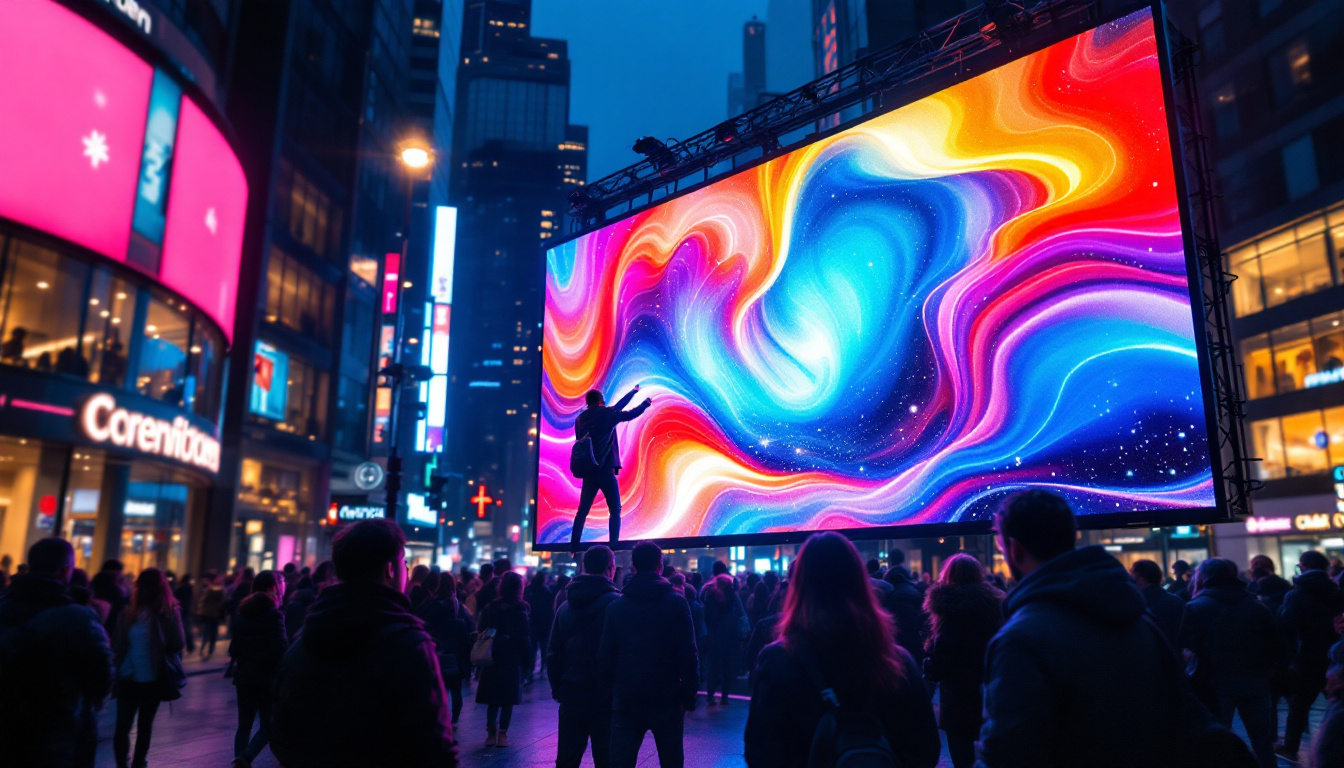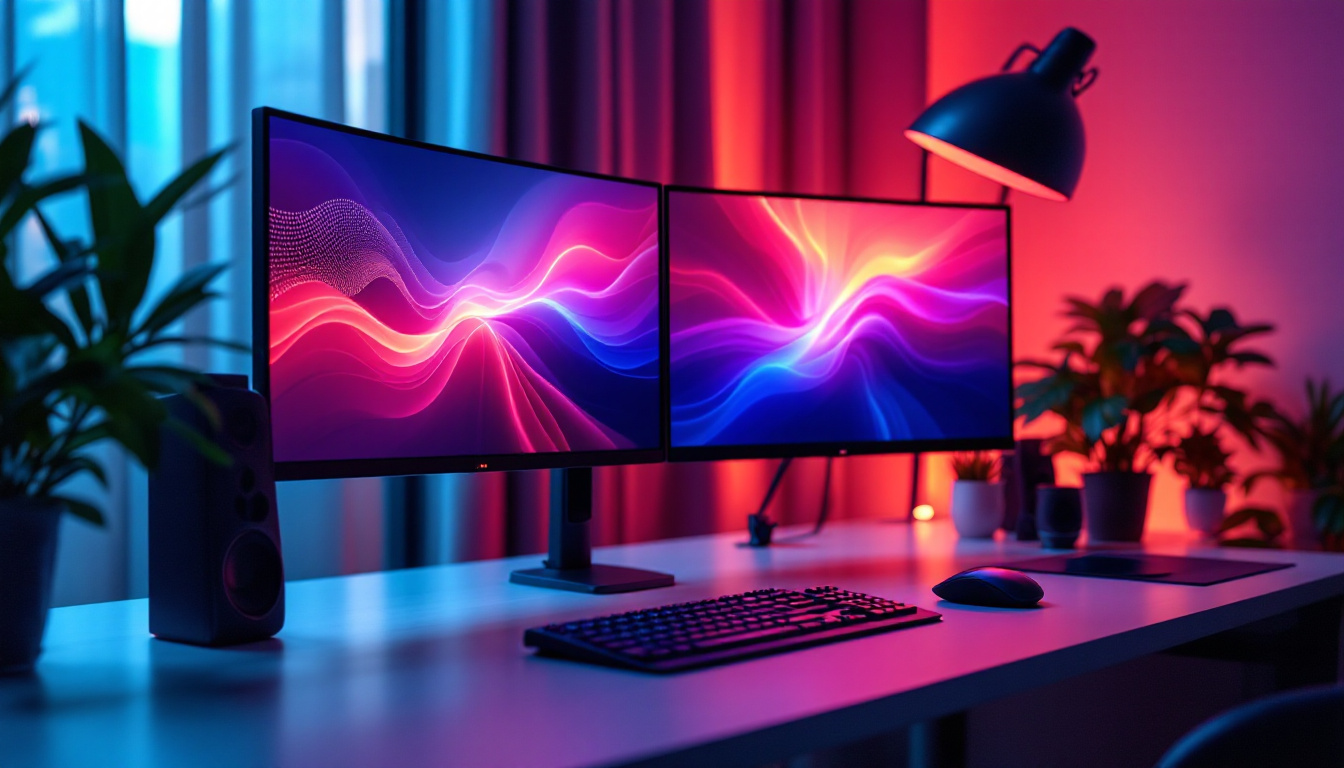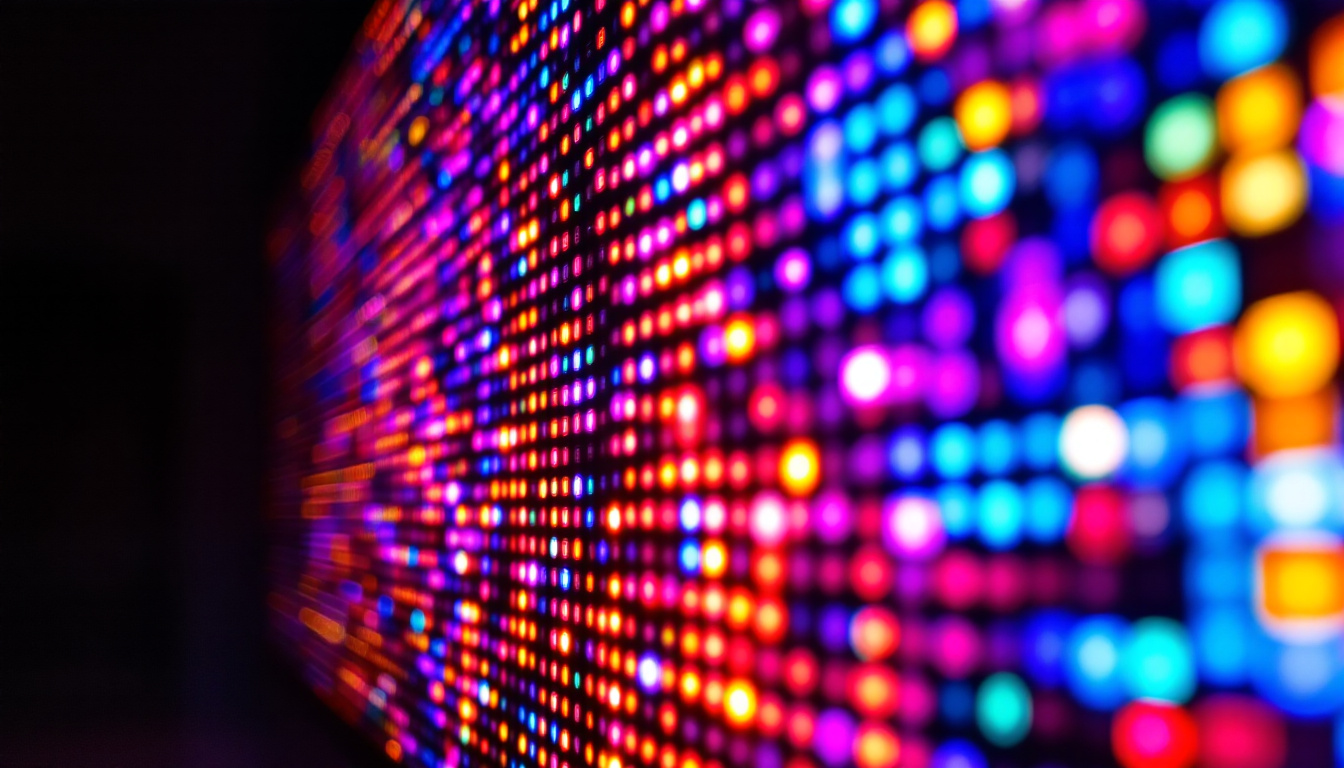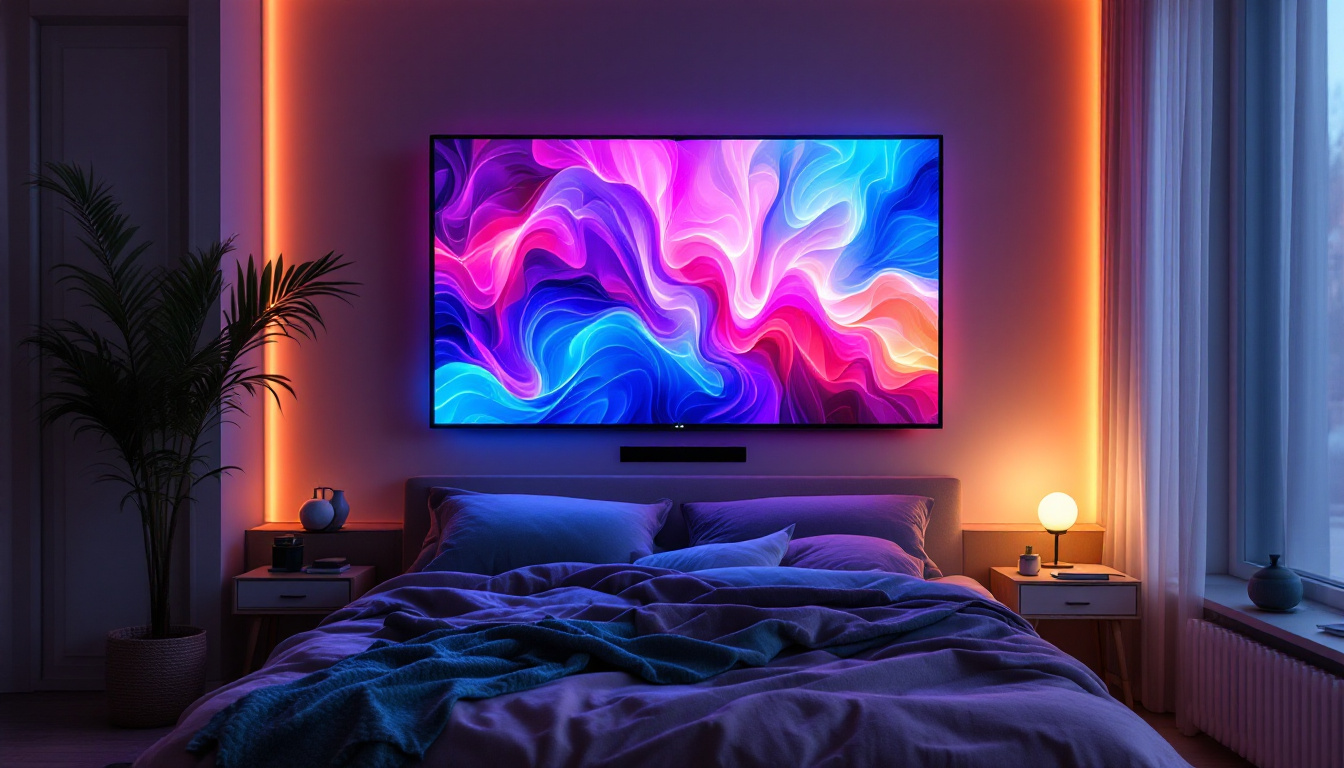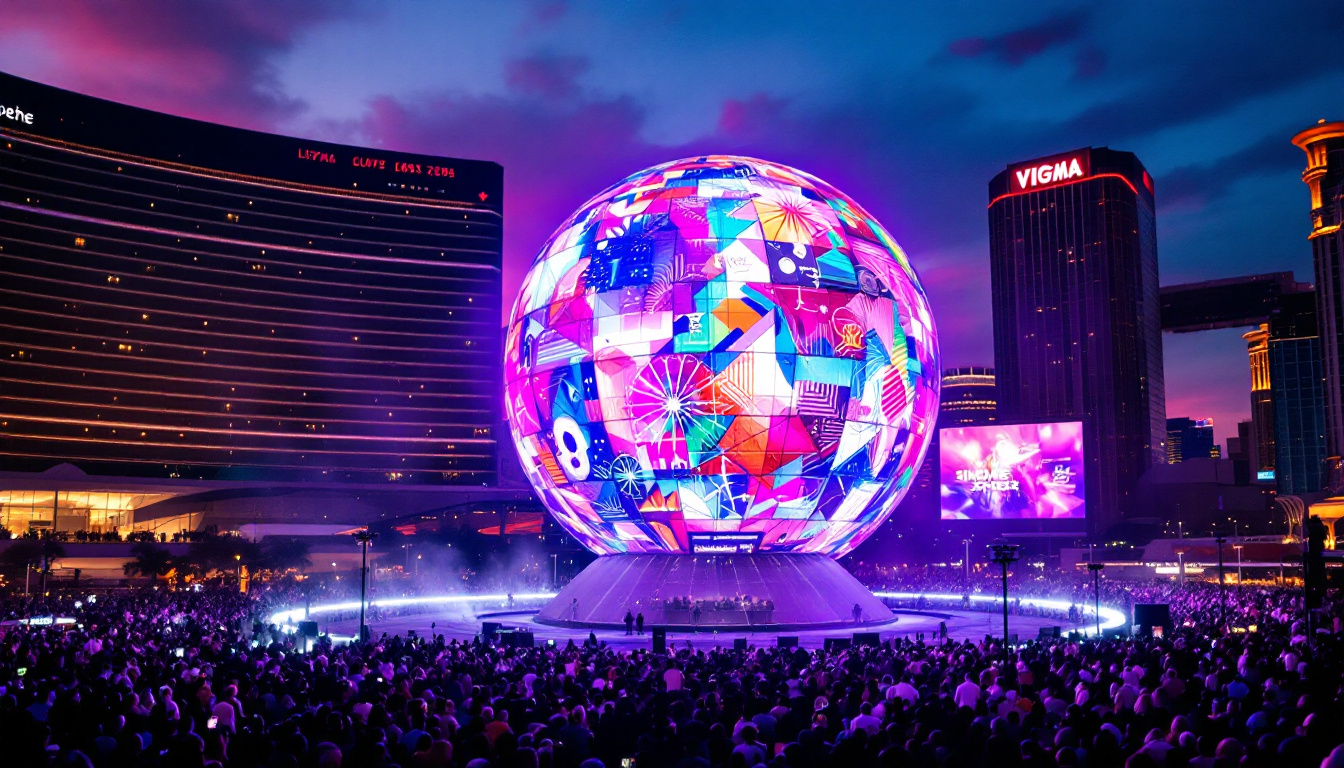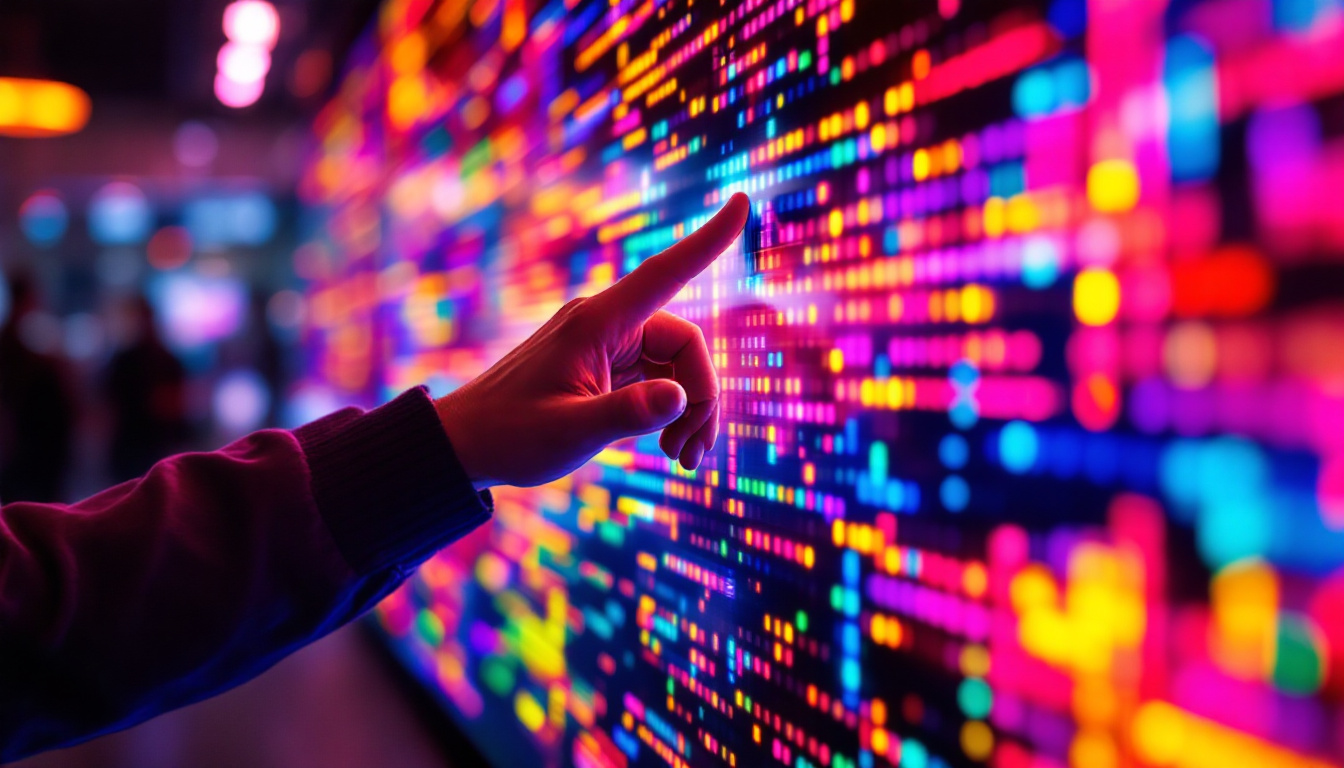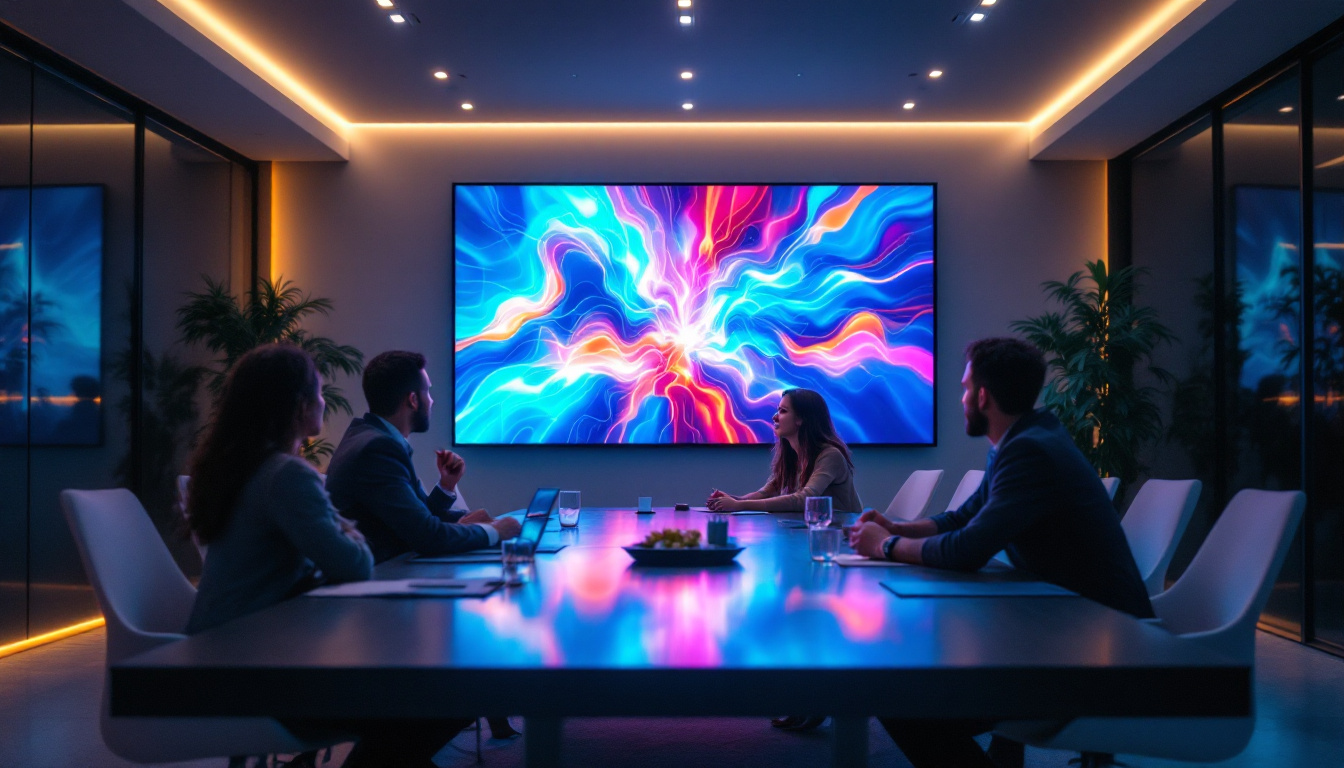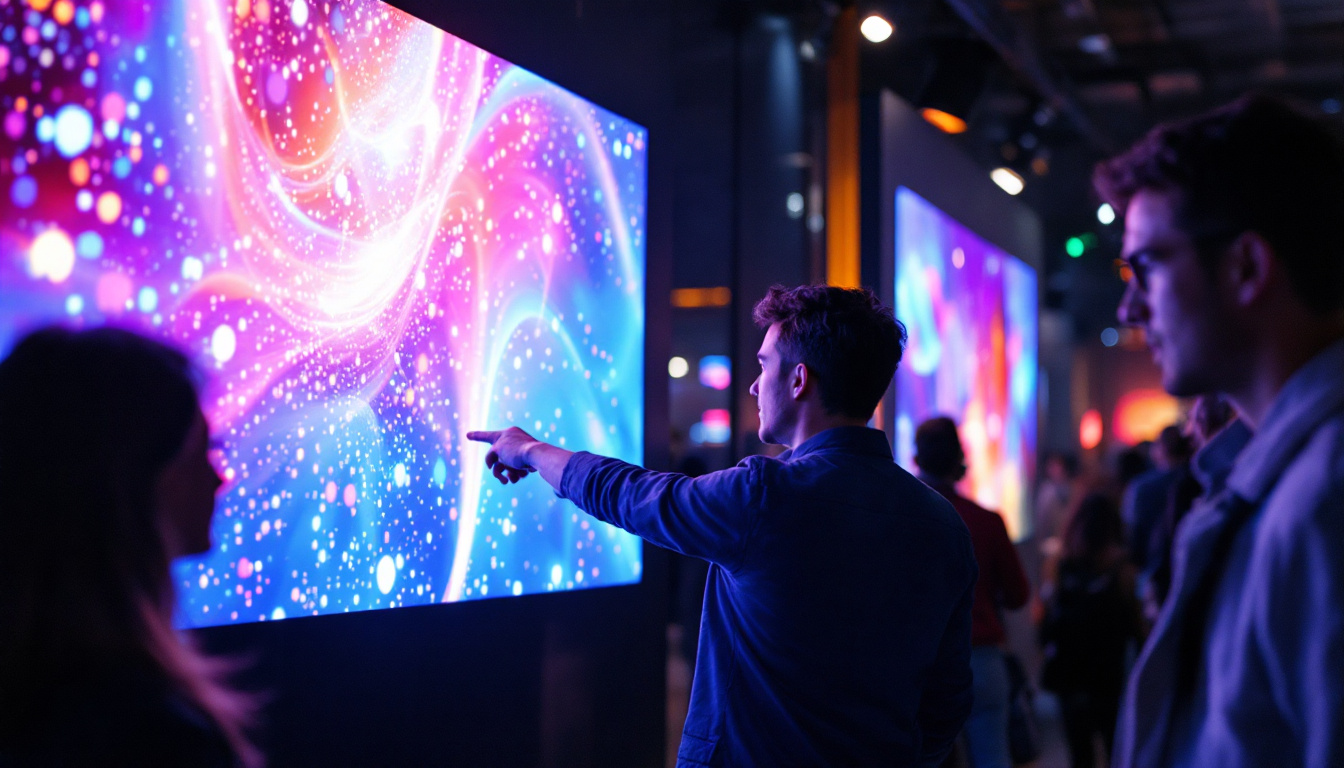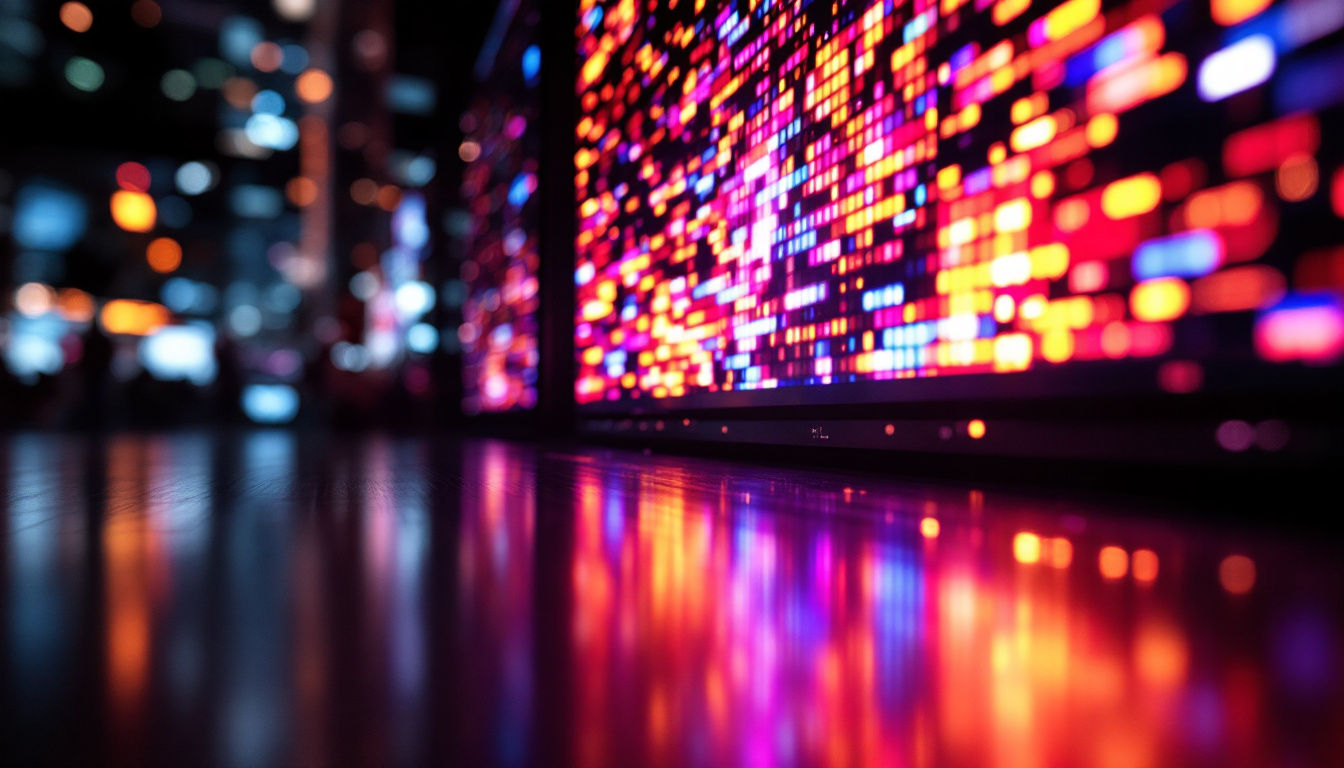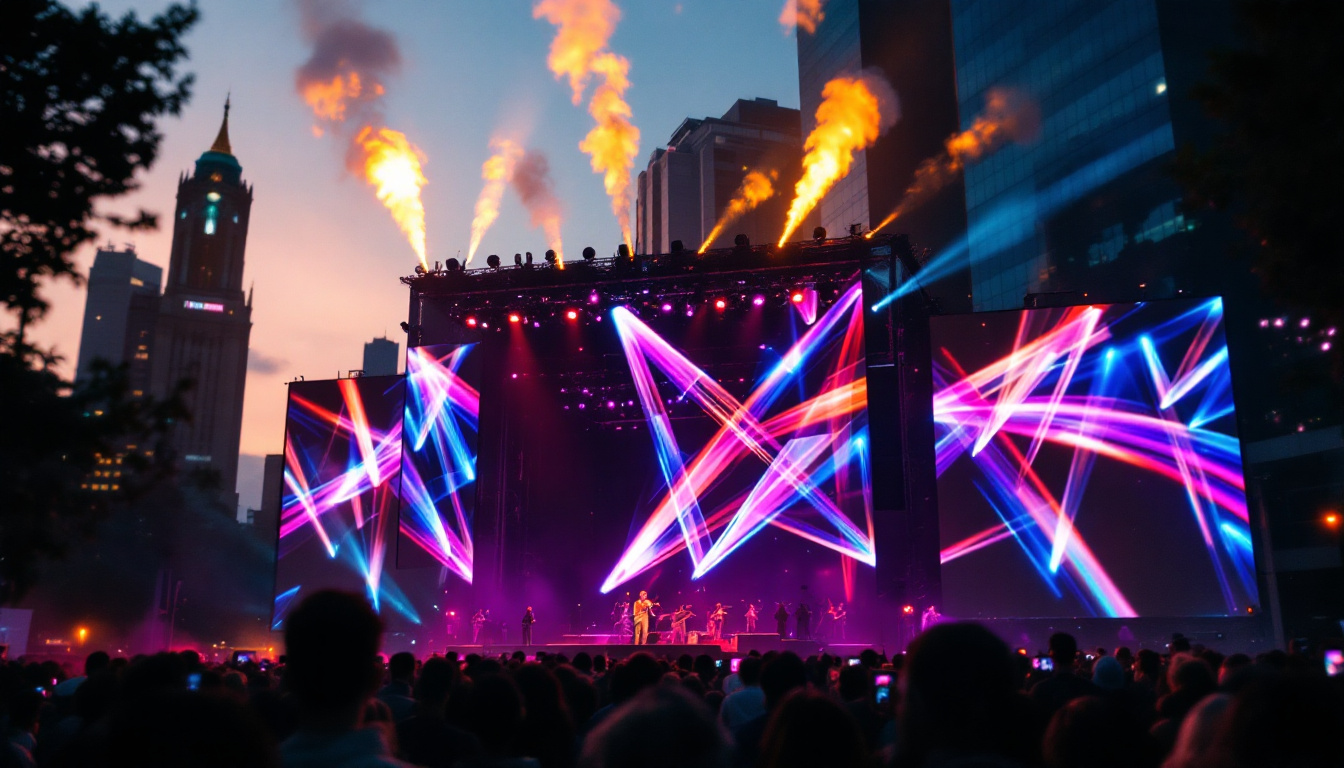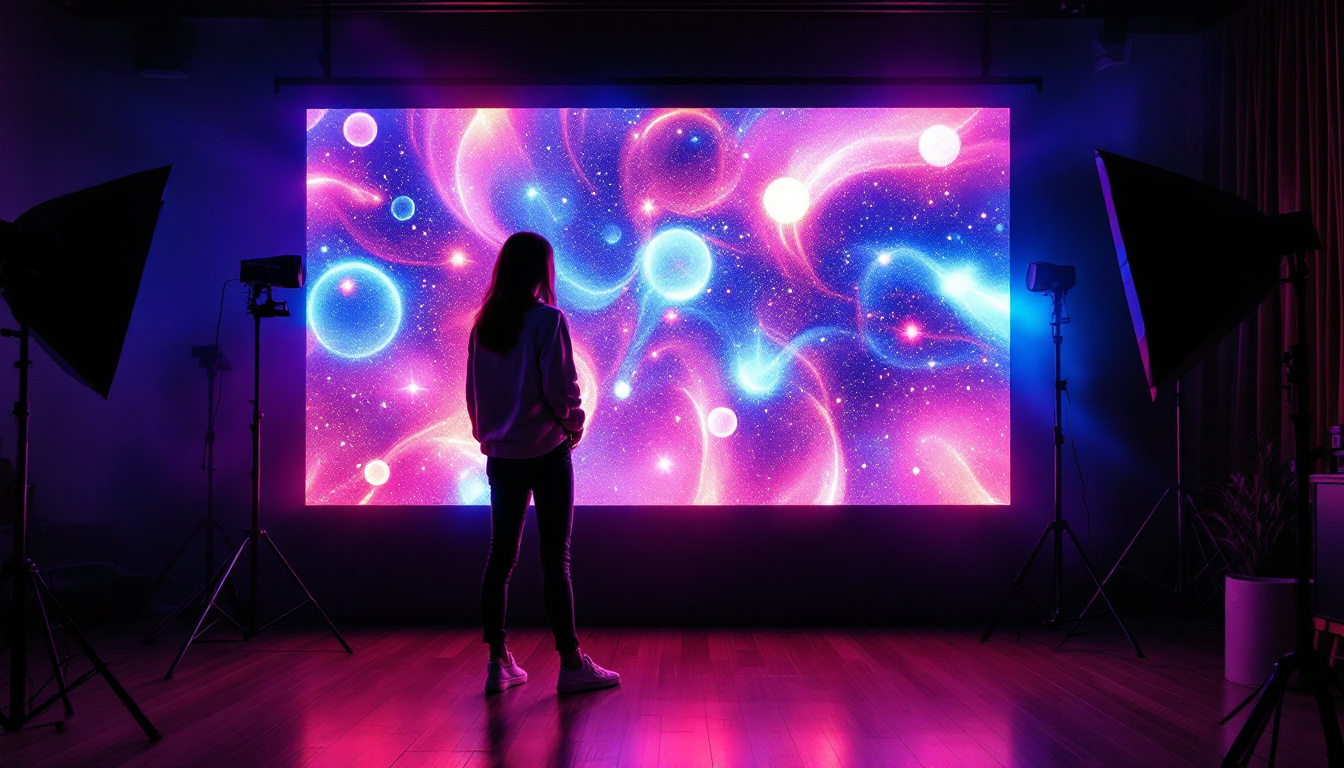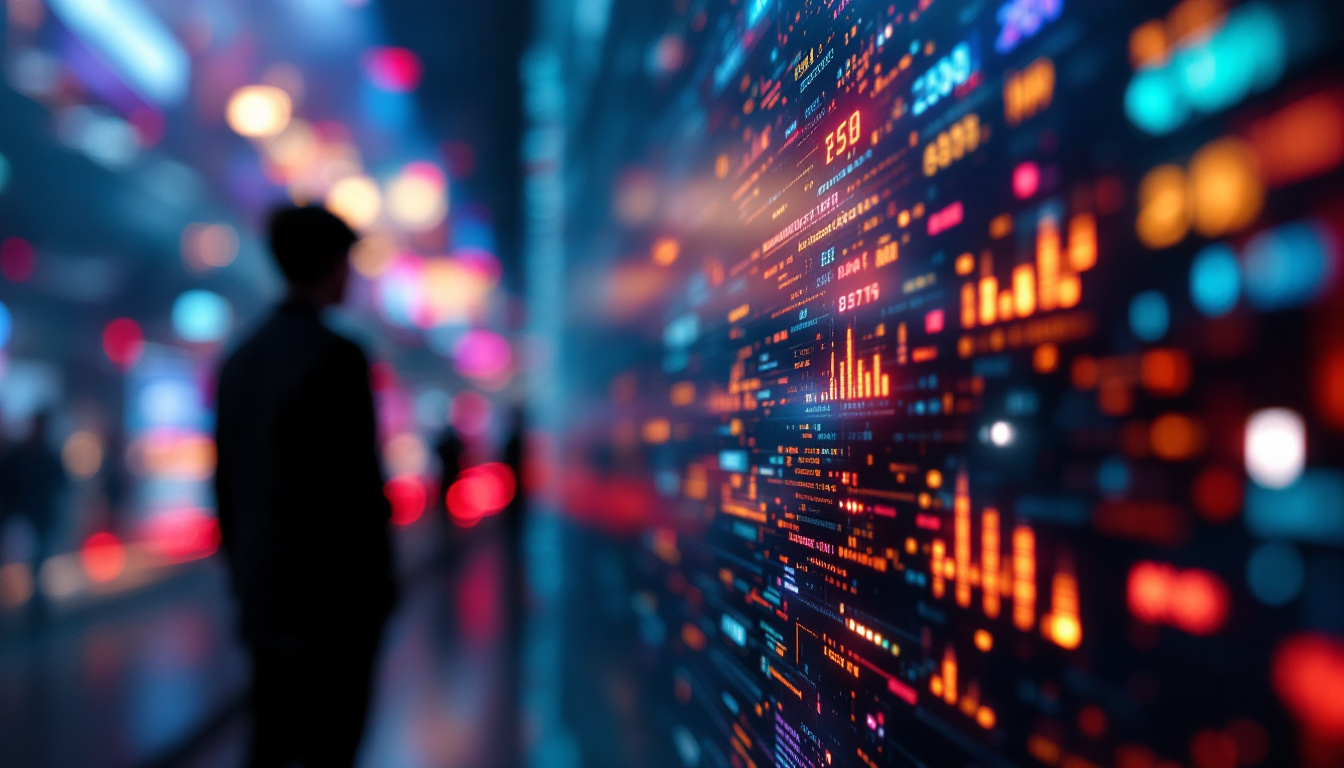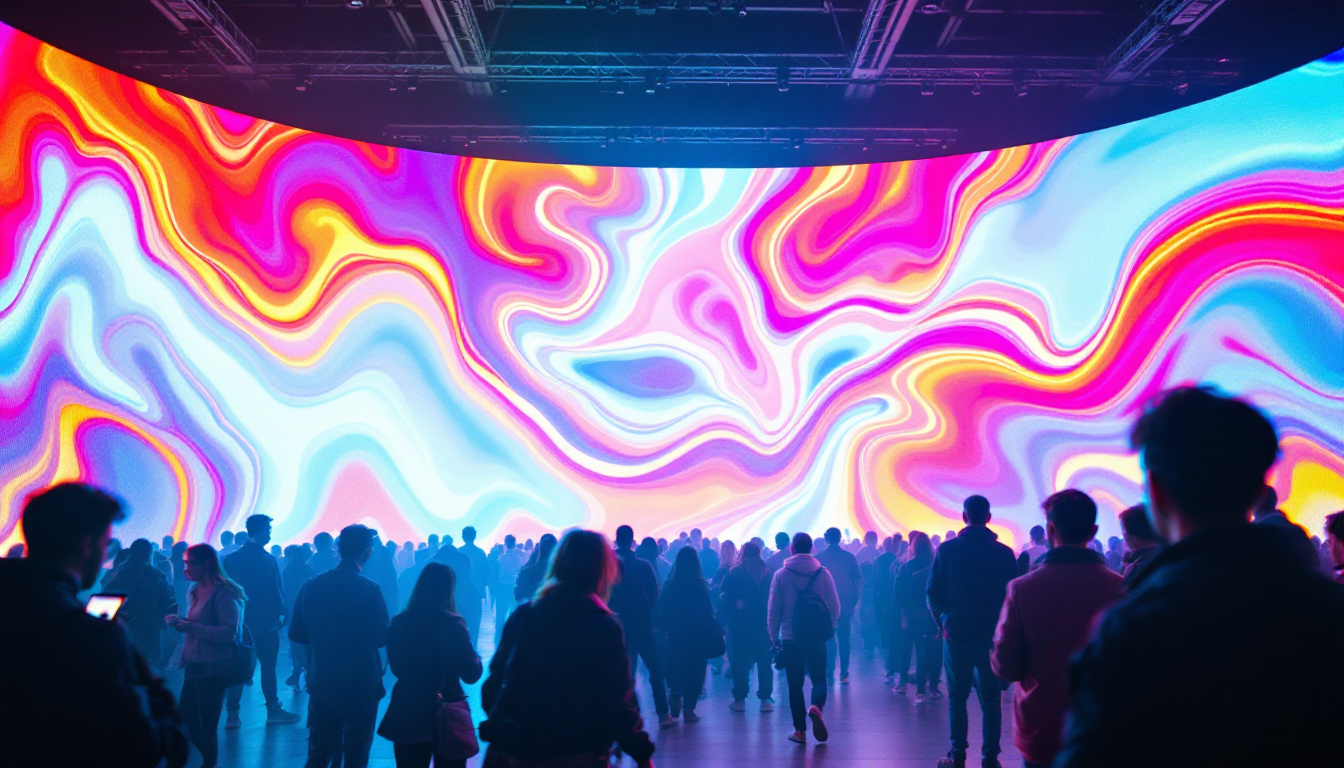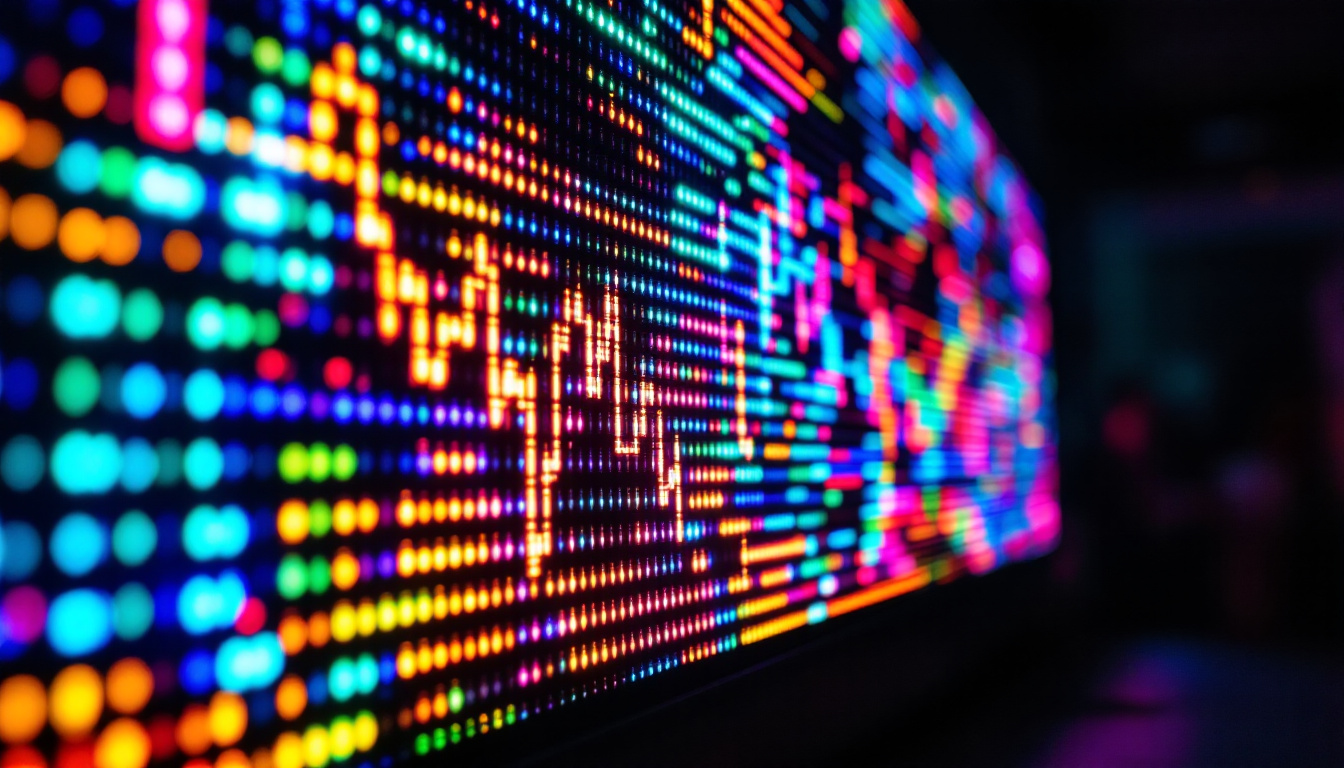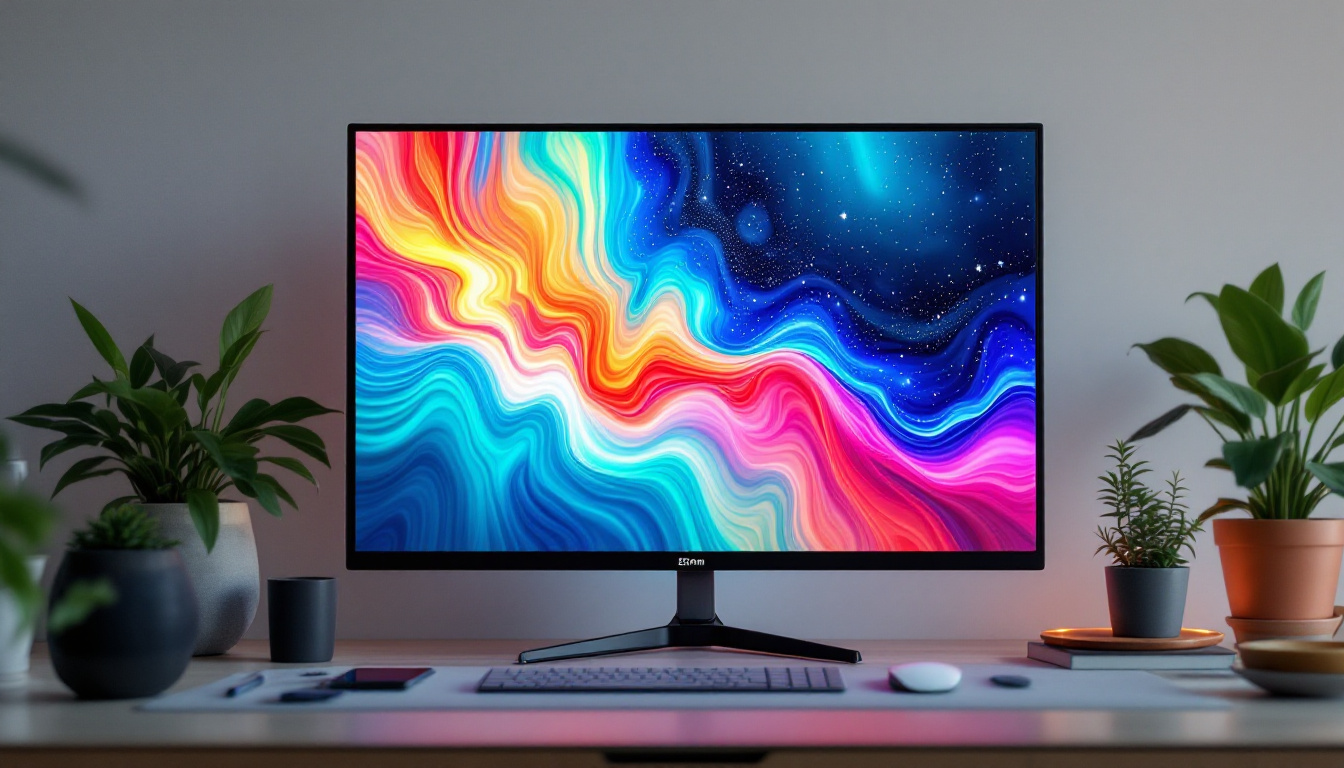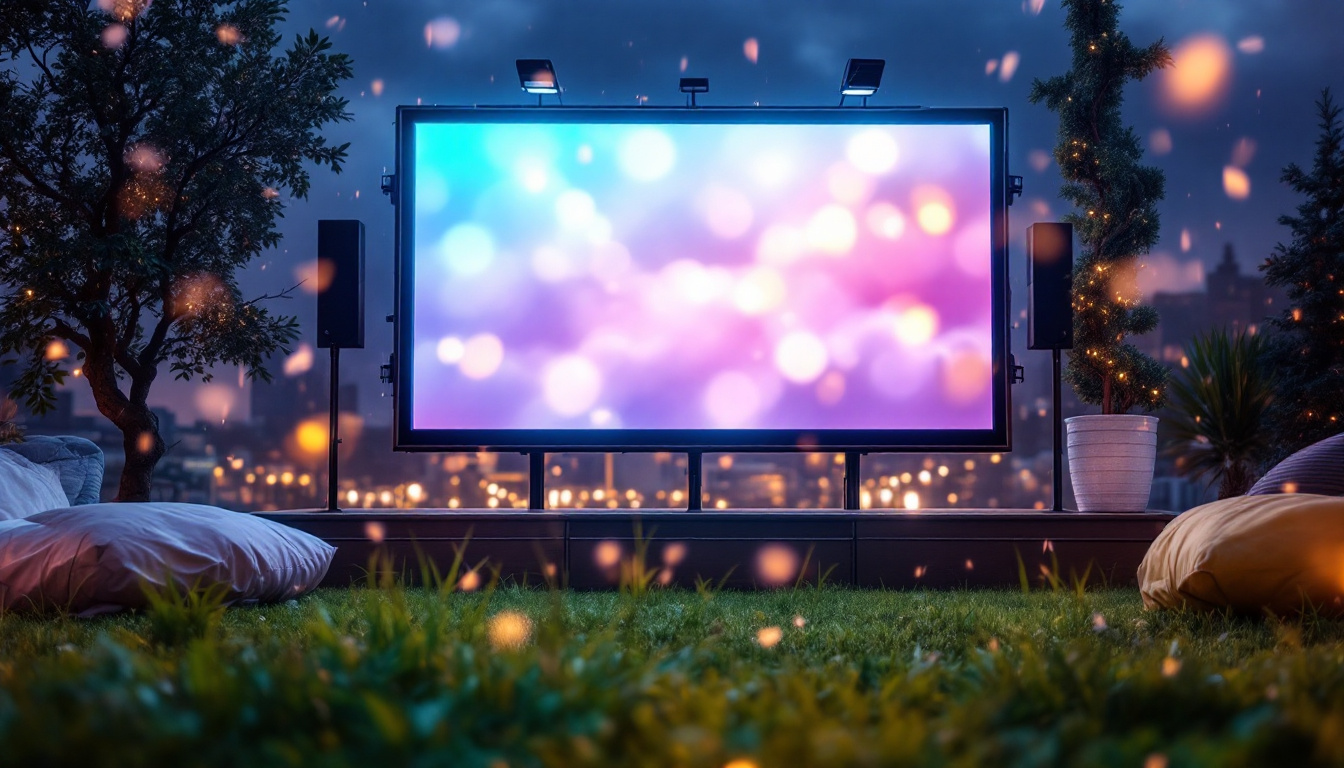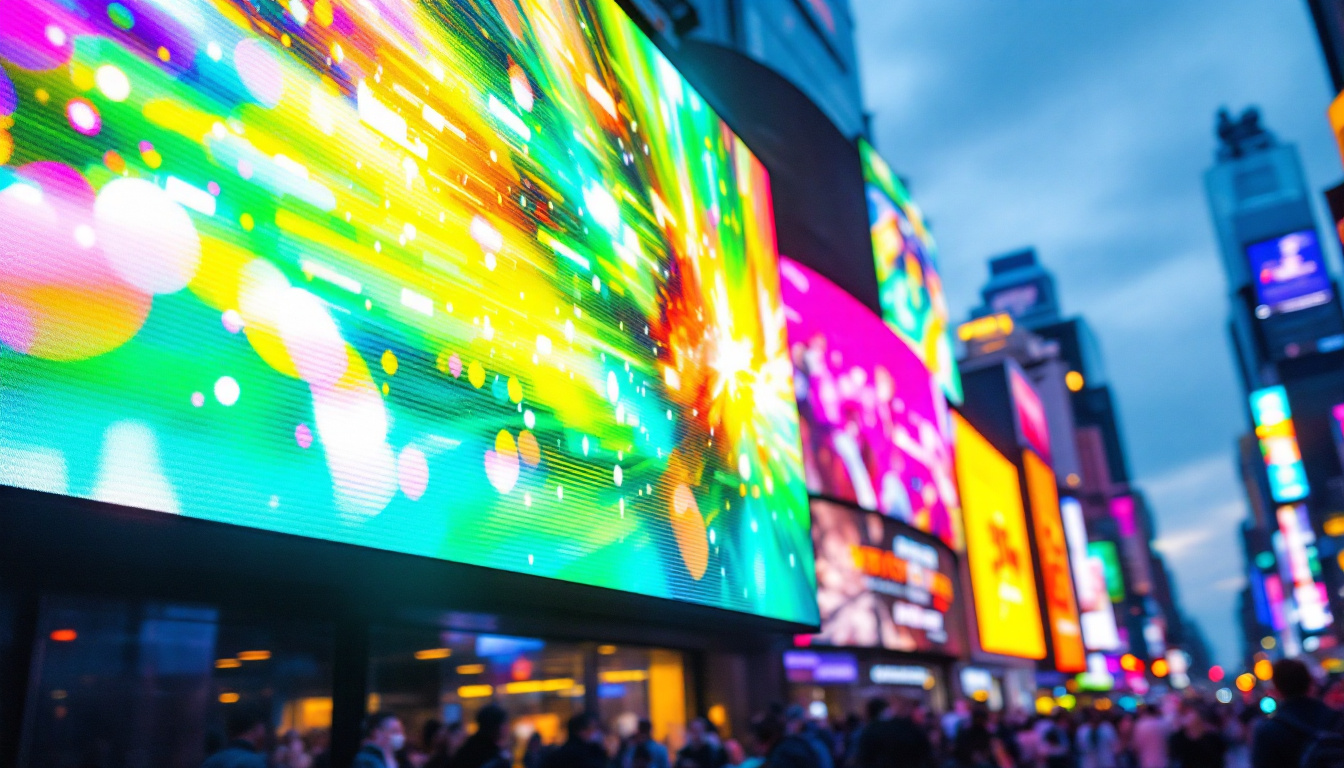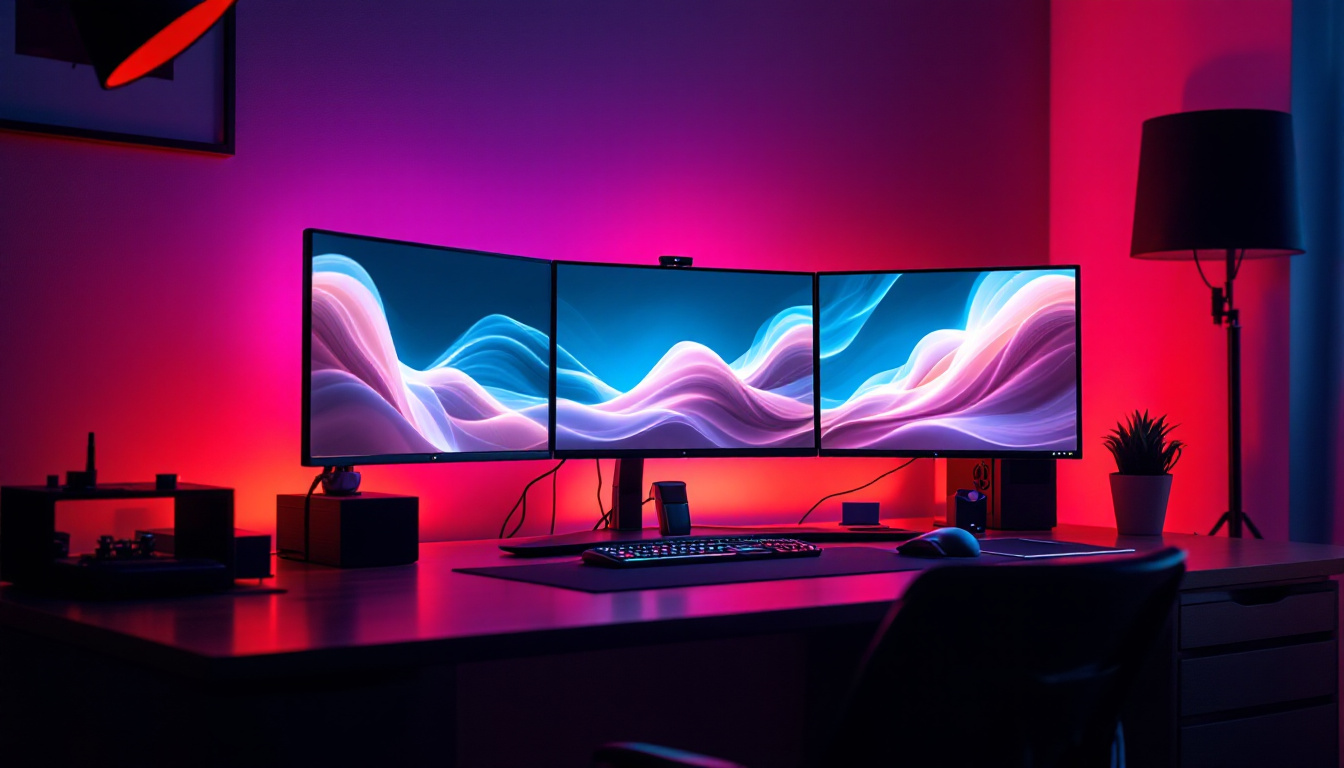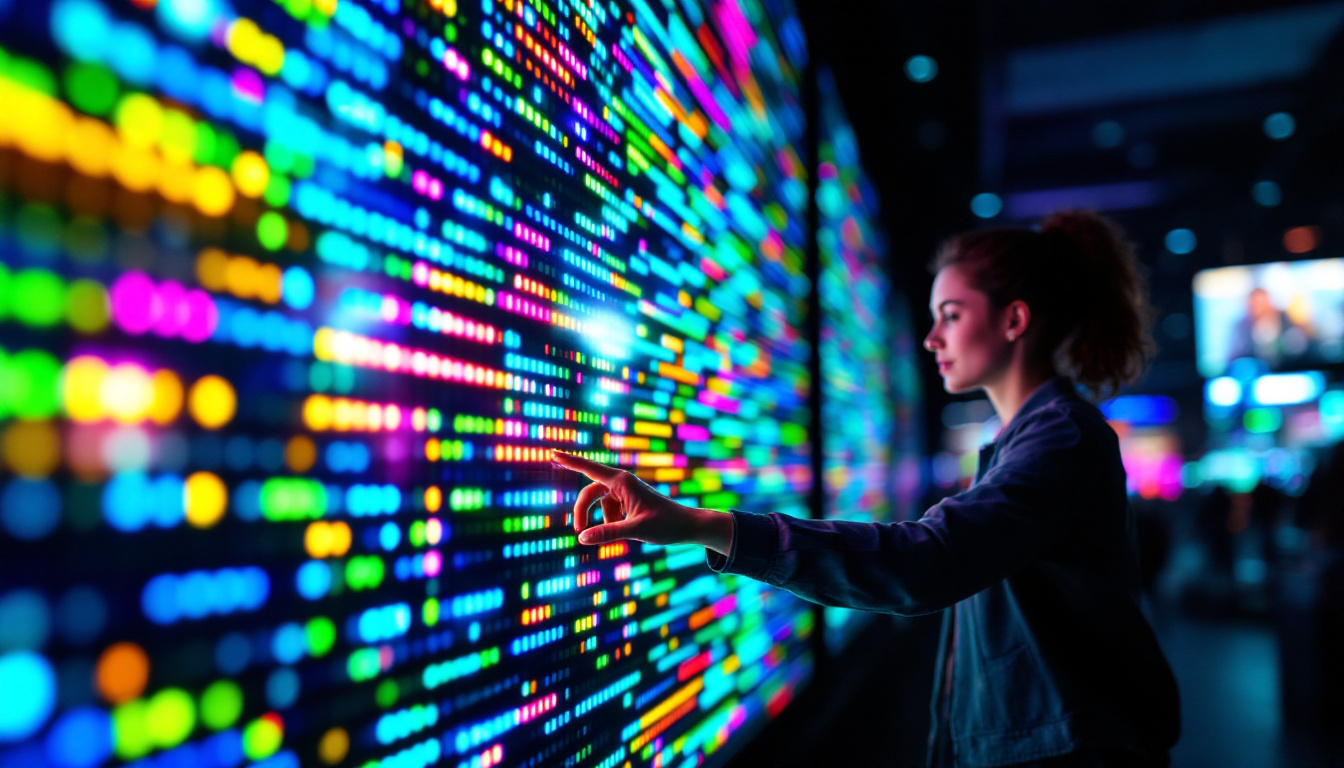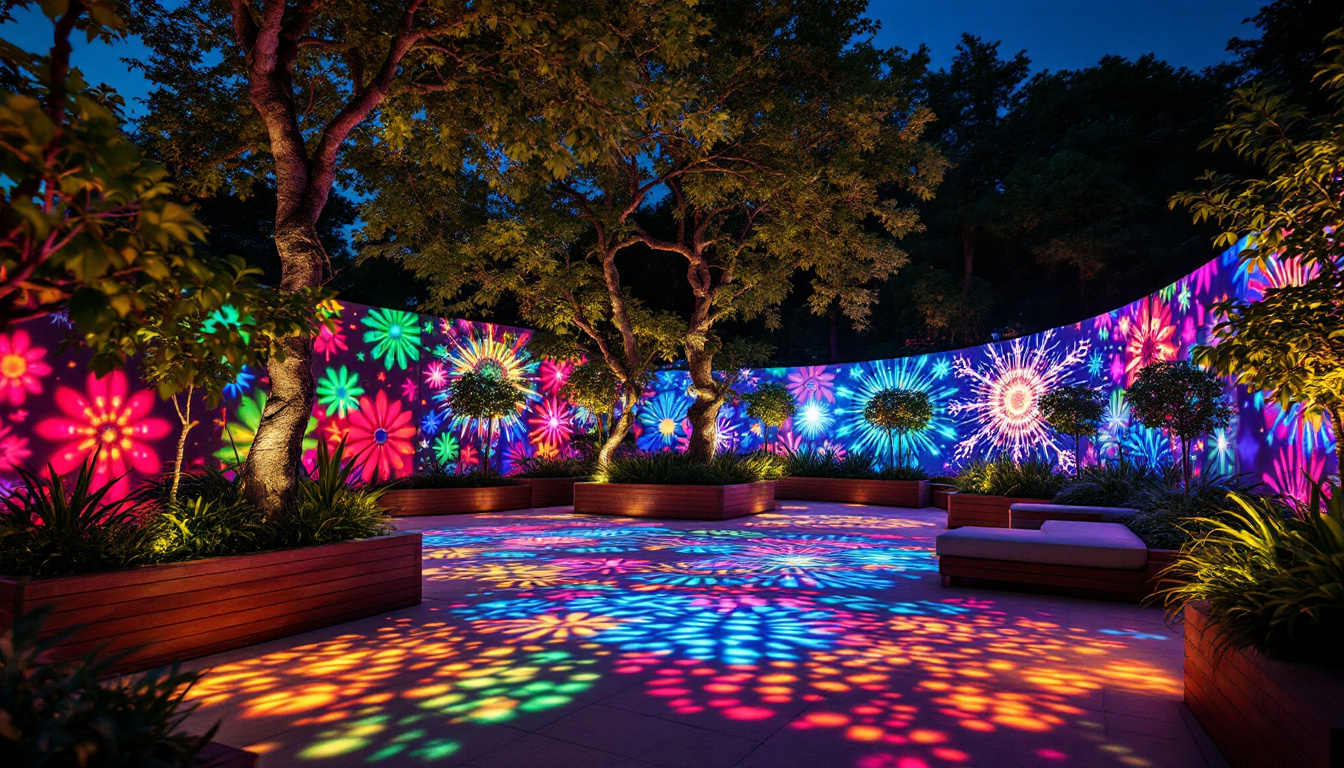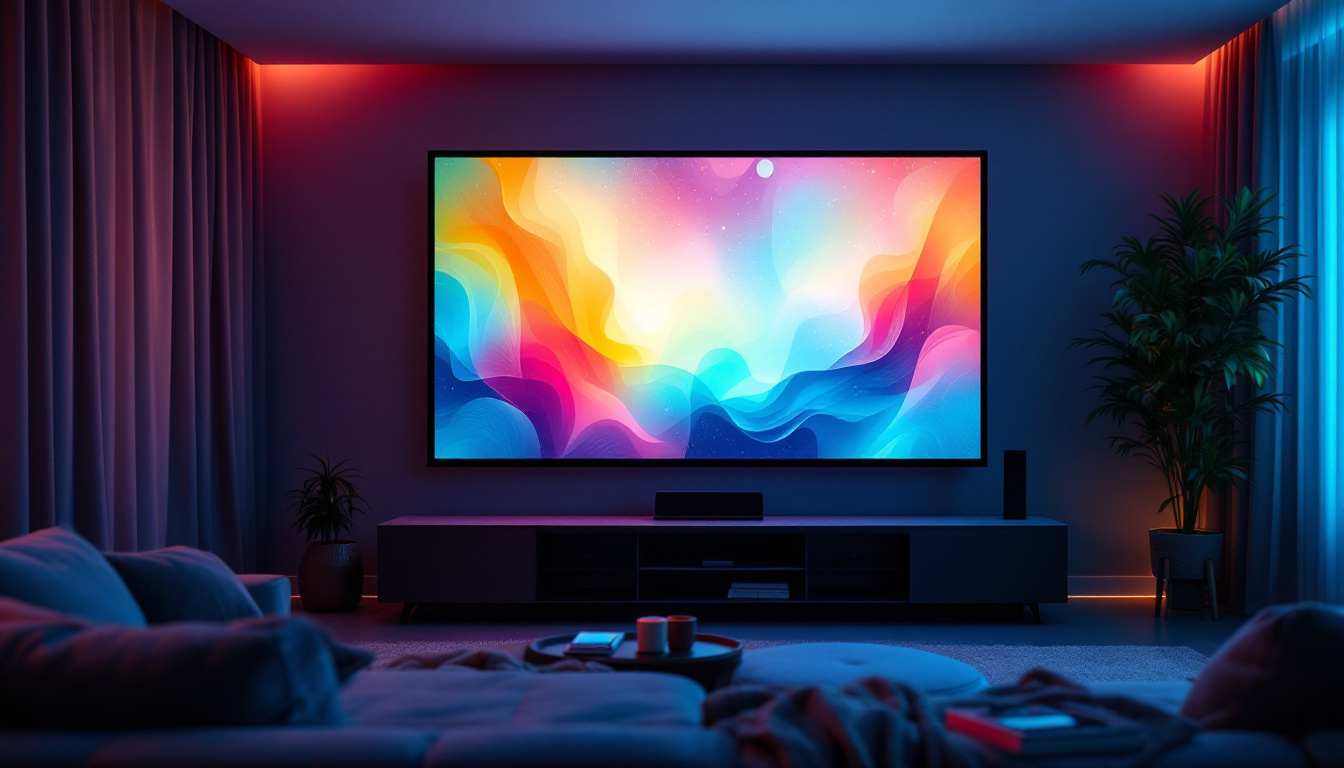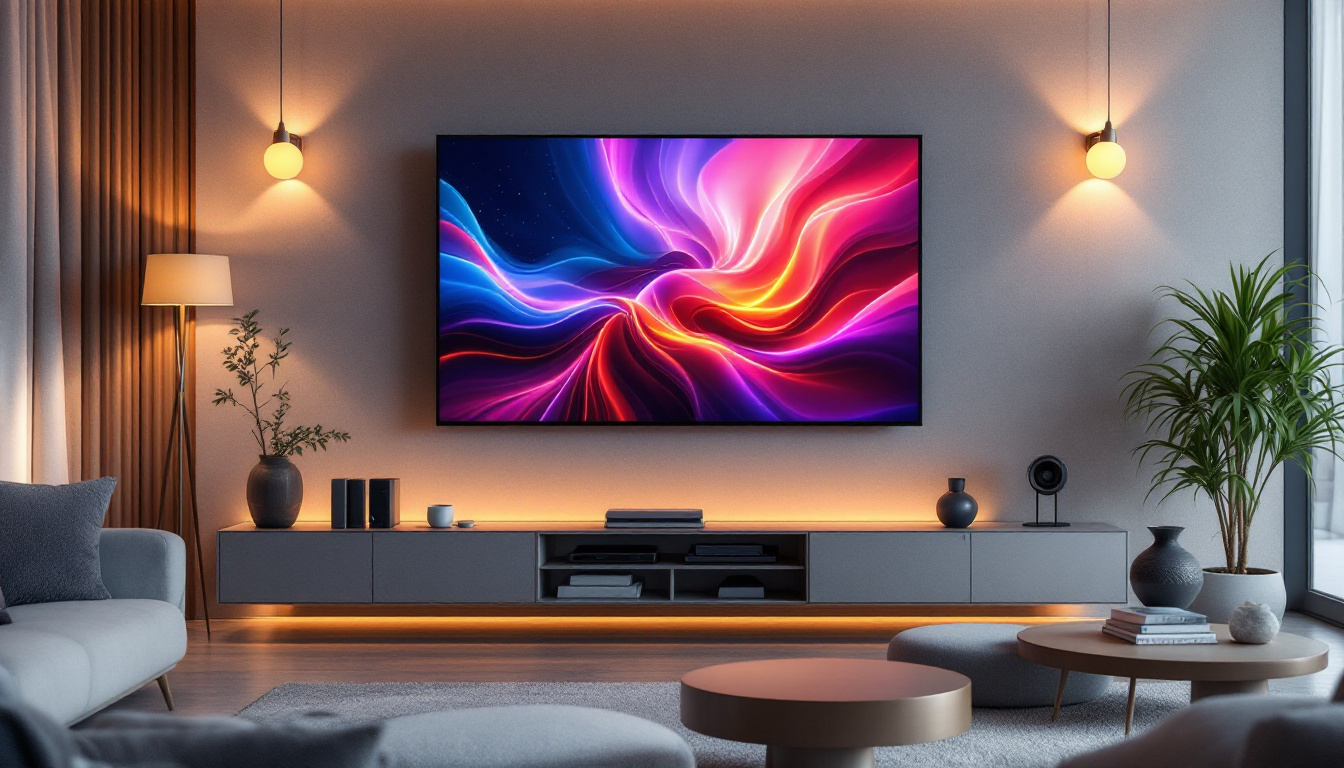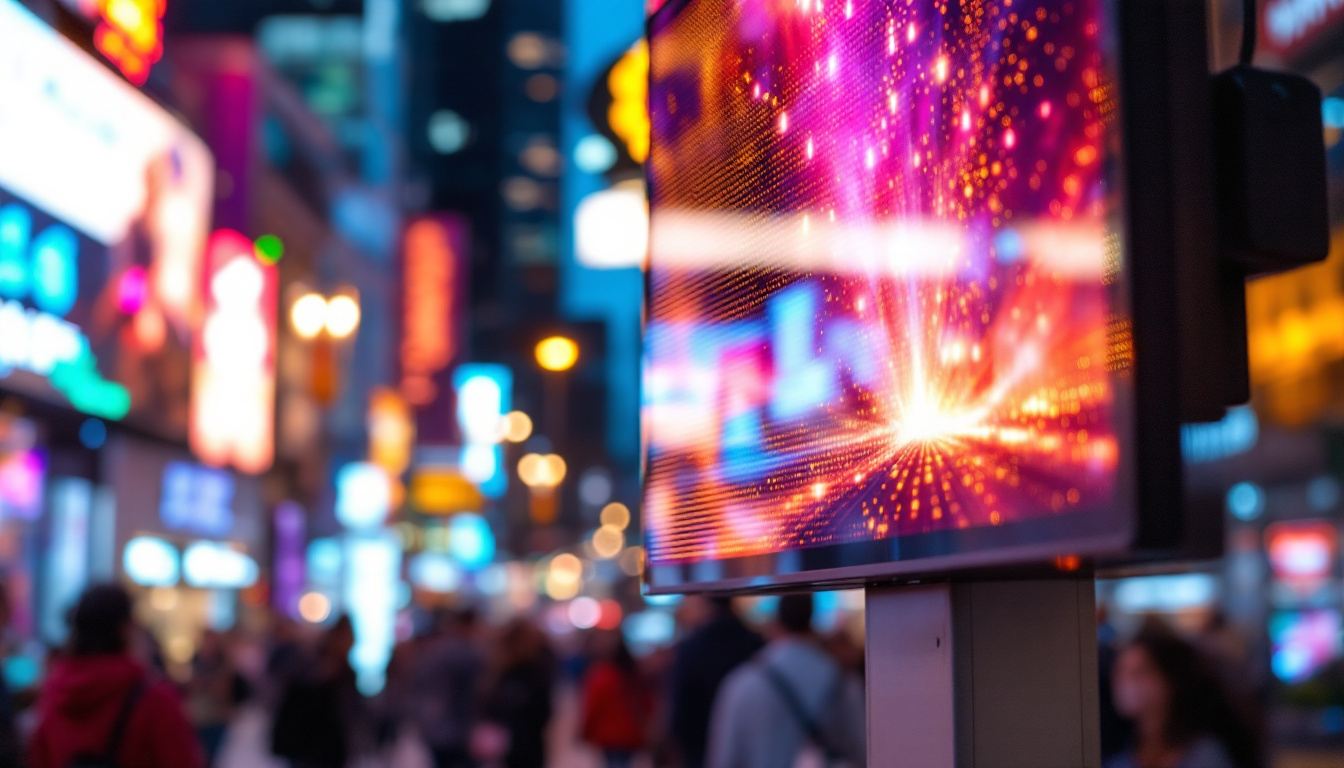In the realm of modern technology, LED displays have become a cornerstone for visual communication. From digital billboards to indoor screens, their versatility and efficiency are unmatched. However, understanding the specifications and measurements associated with these displays, such as the conversion from meters to feet, can be crucial for effective application. This article delves into the intricacies of LED displays, focusing on the conversion of 1 meter to feet, alongside other essential aspects of LED technology.
Understanding LED Displays
LED, or Light Emitting Diode, displays utilize semiconductor technology to produce light. This innovative technology has revolutionized the way information is presented visually, offering brighter, more vibrant colors and energy efficiency compared to traditional display methods. With their ability to generate a wide spectrum of colors and high levels of brightness, LED displays have become the preferred choice for both commercial and personal use, transforming everything from advertising to home entertainment.
LED displays are composed of numerous small diodes that emit light when an electric current passes through them. The arrangement and density of these diodes determine the display’s resolution and overall quality. As a result, LED displays are widely used in various applications, from advertising to entertainment and information dissemination. The technology also allows for thinner and lighter screens, making them easier to install and integrate into various environments, whether it be in a bustling cityscape or a cozy living room.
Types of LED Displays
There are several types of LED displays, each designed for specific purposes. The most common types include:
- Direct View LED: These displays are built with individual LEDs that create images directly, making them ideal for large outdoor billboards. Their high brightness levels ensure visibility even in direct sunlight, which is crucial for attracting attention in busy urban areas.
- LED Backlit LCD: This type uses LEDs to illuminate an LCD panel, enhancing brightness and color accuracy, commonly found in televisions and monitors. The backlighting technology allows for thinner screens and improved energy efficiency, making them a popular choice for modern devices.
- Organic LED (OLED): OLED displays utilize organic compounds to emit light, providing superior contrast and color depth, often used in high-end televisions and mobile devices. The ability to produce true blacks by turning off individual pixels leads to an immersive viewing experience that is highly sought after by filmmakers and gamers alike.
In addition to these common types, there are also specialized LED displays designed for unique applications. For instance, transparent LED displays are gaining traction in retail environments, allowing products to be showcased behind the screen while still displaying dynamic content. Furthermore, flexible LED displays are emerging, enabling creative installations that can bend and shape around various surfaces, offering new possibilities for artistic expression and advertising. As technology continues to evolve, the potential applications for LED displays seem limitless, paving the way for even more innovative designs and functionalities in the future.
Importance of Measurement Conversions
In the context of LED displays, understanding measurements is essential for accurate installation and effective communication. One common conversion that often arises is from meters to feet. This conversion is particularly significant in large-scale installations, where dimensions can impact visibility and placement.
For instance, a display measuring 1 meter in height translates to approximately 3.28 feet. This conversion is crucial for ensuring that the display fits within the designated space and meets visibility requirements from various distances.
Conversion Formula
The formula for converting meters to feet is straightforward:
Feet = Meters × 3.28084
Using this formula, one can easily convert any measurement from meters to feet, which is particularly useful in industries where both metric and imperial systems are used.
Practical Applications of Measurement
In practical terms, understanding the conversion from meters to feet can influence various aspects of LED display usage:
- Installation: Knowing the exact dimensions in feet ensures that displays are installed correctly, avoiding issues such as obstructed views or improper scaling.
- Design: Designers can create layouts that consider both metric and imperial measurements, ensuring that all stakeholders have a clear understanding of the display’s size.
- Compliance: Many regulations regarding signage and displays are based on imperial measurements, making accurate conversions essential for compliance with local laws.
Factors Influencing LED Display Performance
Several factors can significantly impact the performance and effectiveness of LED displays. Understanding these factors can help in making informed decisions when selecting or installing displays.
Brightness and Visibility
Brightness is a critical factor in the performance of LED displays. Measured in nits, the brightness level determines how well a display can be seen in various lighting conditions. For outdoor displays, higher brightness levels are necessary to combat sunlight and ensure visibility.
In contrast, indoor displays may require lower brightness levels, as they are typically viewed in controlled lighting environments. Choosing the right brightness level is essential for maximizing the display’s effectiveness and ensuring that content is easily readable.
Resolution and Pixel Density
Resolution refers to the number of pixels in a display, while pixel density indicates how closely these pixels are packed together. Higher resolution and pixel density result in sharper images and clearer text, which is particularly important for displays viewed at close distances.
For example, a display with a pixel pitch of 1.5mm will provide a higher resolution than one with a pixel pitch of 10mm. Understanding the intended viewing distance can help determine the appropriate resolution needed for optimal performance.
Color Accuracy and Calibration
Color accuracy is vital for LED displays, especially in applications where precise color representation is necessary, such as in advertising or medical imaging. Calibration plays a significant role in achieving color accuracy, as it ensures that the display reproduces colors as intended.
Regular calibration is recommended to maintain color consistency over time, as factors like aging and environmental conditions can affect color performance. Investing in high-quality calibration tools can enhance the longevity and effectiveness of LED displays.
Choosing the Right LED Display
Selecting the right LED display for a specific application involves considering various factors, including size, resolution, and intended use. Each application may have unique requirements that dictate the best choice.
Assessing Application Needs
Different applications demand different features from LED displays. For instance, a retail store may require a high-resolution display to showcase products attractively, while a sports arena might prioritize brightness and durability for outdoor use.
Assessing the specific needs of the application can guide the selection process, ensuring that the chosen display meets both functional and aesthetic requirements.
Budget Considerations
Budget is often a significant factor in the decision-making process. LED displays can vary widely in price based on size, resolution, and technology. It’s essential to balance quality and cost, ensuring that the selected display provides value without compromising on performance.
Investing in a higher-quality display may yield better long-term results, reducing the need for frequent replacements or repairs.
Future-Proofing Your Investment
As technology continues to evolve, it’s wise to consider future-proofing when selecting an LED display. Opting for displays with advanced features, such as modular designs or compatibility with emerging technologies, can extend the lifespan of the investment.
Additionally, keeping an eye on industry trends can help identify potential upgrades or enhancements that may become available, ensuring that the display remains relevant and effective over time.
Installation and Maintenance of LED Displays
Proper installation and maintenance are crucial for maximizing the performance and lifespan of LED displays. Following best practices can prevent common issues and ensure that displays operate at optimal levels.
Installation Best Practices
When installing an LED display, several best practices should be followed:
- Site Assessment: Conduct a thorough site assessment to determine the best location for the display, considering factors such as viewing angles and ambient lighting.
- Structural Support: Ensure that the installation site can support the weight and size of the display, using appropriate mounting hardware and techniques.
- Electrical Considerations: Work with qualified electricians to ensure that the display is connected to a reliable power source, and that all electrical codes are followed.
Regular Maintenance
Maintaining an LED display is essential for ensuring its longevity and performance. Regular maintenance tasks include:
- Cleaning: Dust and debris can accumulate on the display surface, affecting visibility. Regular cleaning with appropriate materials can help maintain clarity.
- Software Updates: Keeping the display’s software up to date can enhance functionality and security, ensuring that the display operates smoothly.
- Inspection: Periodically inspecting the display for any signs of damage or wear can help catch issues early, preventing costly repairs down the line.
The Future of LED Displays
As technology advances, the future of LED displays looks promising. Innovations in materials, design, and functionality are set to transform how these displays are used across various industries.
Emerging Technologies
New technologies, such as microLED and flexible displays, are on the horizon, offering exciting possibilities for LED displays. MicroLED technology promises even higher resolution and efficiency, while flexible displays can be adapted to various shapes and surfaces.
These advancements will likely lead to new applications and use cases, further embedding LED displays in everyday life.
Sustainability Initiatives
With growing concern for the environment, sustainability initiatives are becoming increasingly important in the LED display industry. Manufacturers are focusing on creating energy-efficient displays and using recyclable materials in production.
As consumers become more environmentally conscious, the demand for sustainable display solutions will likely increase, prompting further innovation in this area.
Conclusion
Understanding LED displays, including the conversion of measurements from meters to feet, is essential for effective installation and application. With numerous factors influencing performance, selecting the right display involves careful consideration of the intended use, budget, and future needs.
As technology continues to evolve, LED displays will remain a vital part of visual communication, shaping how information is conveyed in our increasingly digital world. By staying informed about advancements and best practices, businesses and individuals can make the most of this dynamic technology.
Explore Cutting-Edge LED Displays with LumenMatrix
Ready to elevate your visual communication with the latest in LED display technology? LumenMatrix offers a comprehensive range of innovative solutions tailored to your needs. From captivating Indoor and Outdoor LED Wall Displays to dynamic Vehicle and Sports LED Displays, our products are designed to enhance brand visibility and engage your audience. Discover the possibilities with our LED Poster Displays, Floor LED Displays, Custom LED Displays, All-in-One LED Displays, and LED Transparent Displays. Embrace the future of digital signage with LumenMatrix and create unforgettable visual experiences. Check out LumenMatrix LED Display Solutions today and transform your space with clarity and impact.

